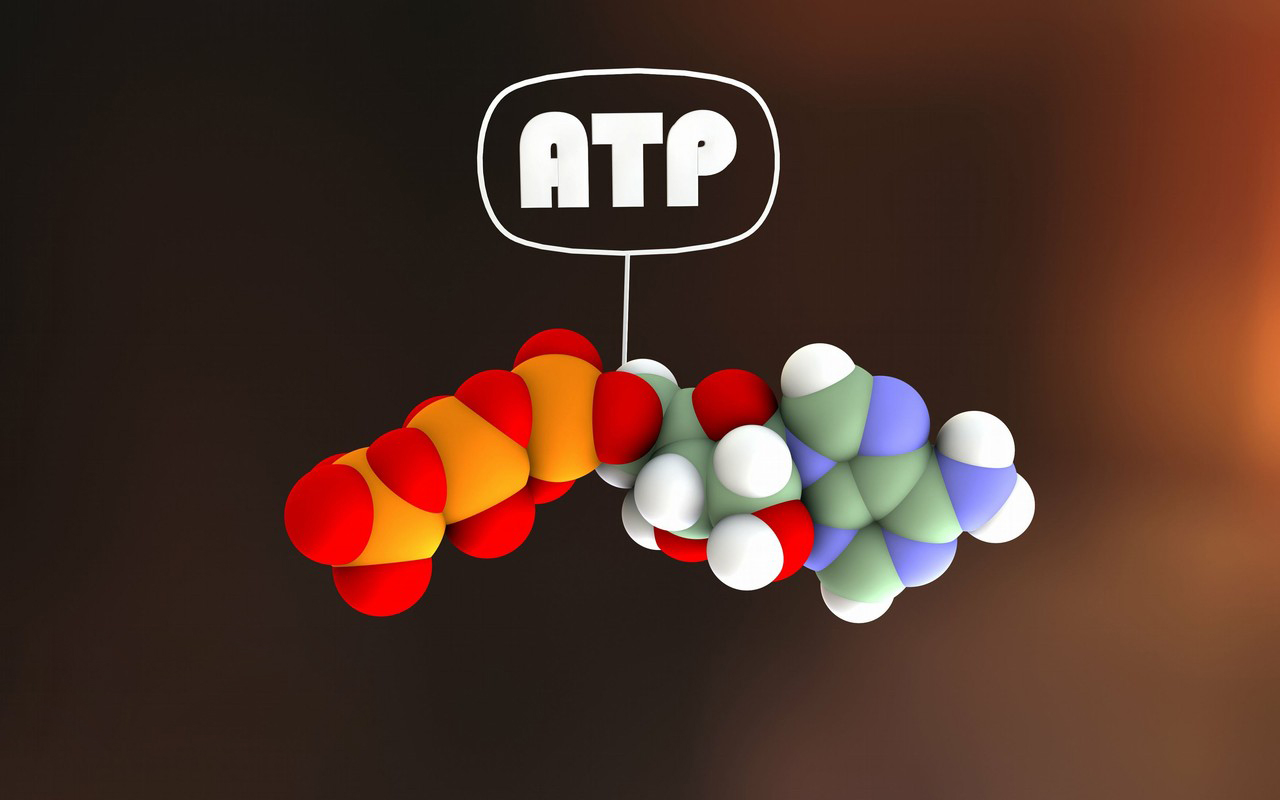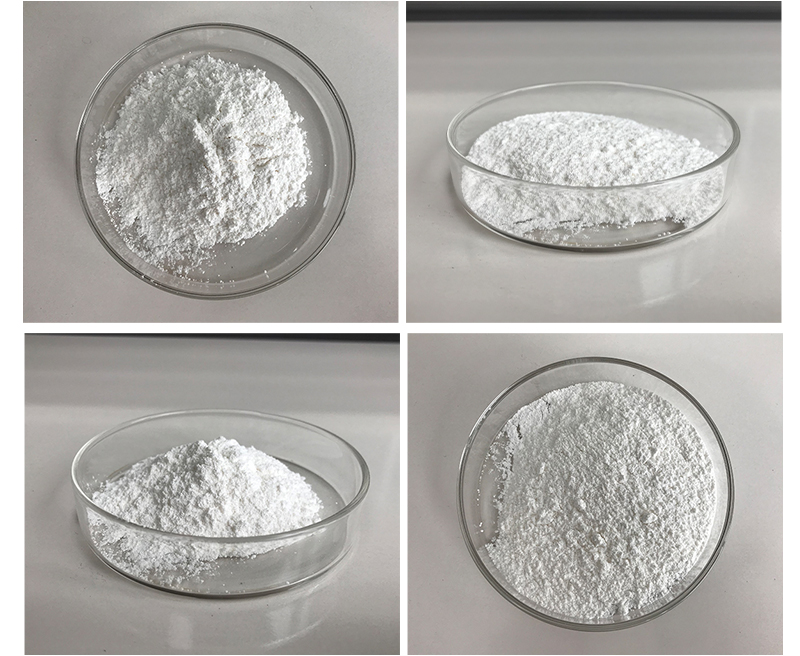Adenosine Triphosphate (ATP) is a small molecule that acts as the primary energy carrier in all living organisms. Its structure can be broken down into three main components:
1. Adenine: A nitrogenous base that is part of both DNA and RNA. It consists of a two-ringed structure (purine), with nitrogen atoms in specific positions that allow it to bond with ribose and other components of Adenosine Triphosphate.
2. Ribose: A five-carbon sugar (a pentose) that is attached to the adenine base. Ribose is part of the backbone of Adenosine Triphosphate, linking adenine to the phosphate groups. This sugar is found in RNA as well, contributing to ATP’s versatility.
3. Phosphate Groups: Adenosine Triphosphate contains three phosphate groups (hence, “triphosphate”). These groups are linked together by high-energy bonds. The bonds between the phosphate groups, especially between the second and third phosphate, are highly reactive and release energy when broken. This release of energy is what drives many cellular processes.

Adenosine Triphosphate Structure in Detail:
- Adenosine: The combination of adenine and ribose.
- Triphosphate Chain: Three phosphate groups, labeled alpha (α), beta (β), and gamma (γ). The bond between the beta and gamma phosphate groups is the most energy-rich, and when this bond is hydrolyzed, Adenosine Triphosphate is converted into Adenosine Diphosphate (ADP), releasing energy.
Function:
- Adenosine Triphosphate is used as a direct source of energy for many cellular processes, such as muscle contraction, active transport across cell membranes, protein synthesis, and more.
- When Adenosine Triphosphate is hydrolyzed, it releases energy, and the molecule becomes ADP (Adenosine Diphosphate) plus an inorganic phosphate (Pi).
- Adenosine Triphosphate is regenerated from ADP in processes like cellular respiration, specifically in the mitochondria, or during photosynthesis in plants.

Adenosine Triphosphate acts like a rechargeable battery, continuously being used and regenerated in cells to maintain energy flow for various life functions.
